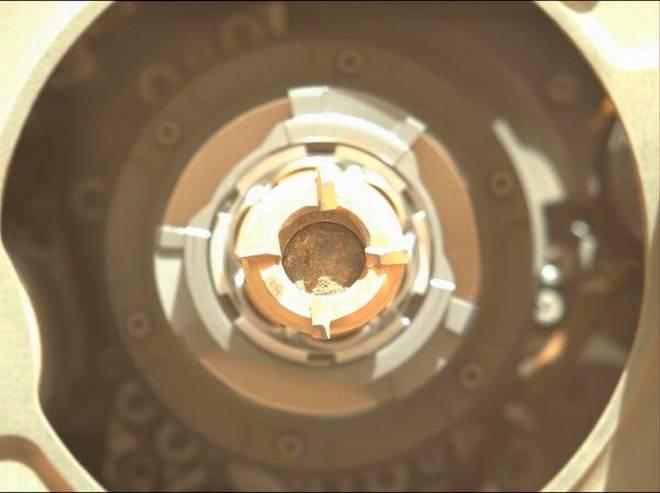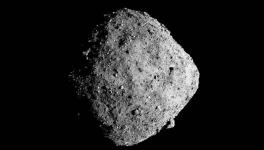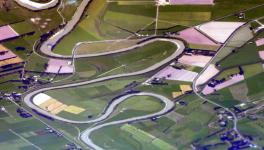NASA’s Mars Rover Successfully Collects First Rock Sample

Image Courtesy: AP
One of the main objectives of the Mars missions has been to collect samples from the planet’s surface and bring them back to Earth for analysis. One such Mars project of the National Aeronautics and Space Administration (NASA) recently collected rock samples.
The Perseverance rover successfully collected the first sample of a Martian rock named Rochette on September 7, according a NASA release. The sample, slightly thicker than a pencil, was collected from the NASA’s targeted spot of Jezero Crater. During the first sample collection by the rover on August 6, the core crumbled before it could be collected inside the sample tube.
The sample has been kept inside an airtight titanium tube, making it available for a joint analysis by the NASA and the European Space Agency (ESA). Importantly, the Martian sample is the first such material identified on another planet that will be brought to Earth.
The Perseverance aims to collect 35 such samples that could represent the geological history of the Jezero Crater, which had a river delta some billions of years ago and is believed to have evidence of the presence of Martian life. Any connection between Rochette and the history of ancient life on the planet will be clear after research.
The area from which Rochette was collected has geologically intriguing features—it contains layers which could have formed as a result of deposits by wind, water, volcanic eruptions or other such natural processes.
The rover’s preliminary investigation suggests that Rochette belongs to a rock type called basalt which could have been a part of the ancient lava flow that formed the ridge where Perseverance has been parked. Rochette contains red patches and stains along with small cavities that are filled with salts. The preliminary observation hints at the rock probably having come in contact with water which could have belonged to an ancient lake once present in Jezero.
Interestingly, the first attempt by the Perseverance to collect a sample from the rock, named Roubion, also showed hints of its coming into contact with water, which caused it to crumble. Kenneth Farley, a geologist at the California Institute of Technology and the project scientist of the NASA mission said that the rover might try to drill another rock similar to Roubion.
If further analysis confirms that Rochette is basalt, researchers would be able to use the radioactive decay elements in it to find out the precise date of its formation, believe experts. If the sample is brought here and studied further, it would be the first time as no rock samples have ever been brought from the Red Planet.
After the completion of the first successful sample collection, the Perseverance plans to drive further northwest to a region known as the South Seitah, which is full of sand dunes, ridges and other types of rocks and boulders. The mission will have a break for a brief period from October 2 to October 14, when communicating with the rover will not be possible as Mars will be move behind the Sun relative to Earth.
The NASA and the ESA are planning to send a set of robotic missions to the Jezero Crater to pick up the samples and bring them to Earth for further studies. However, the samples will not be here before 2031.
Get the latest reports & analysis with people's perspective on Protests, movements & deep analytical videos, discussions of the current affairs in your Telegram app. Subscribe to NewsClick's Telegram channel & get Real-Time updates on stories, as they get published on our website.






















